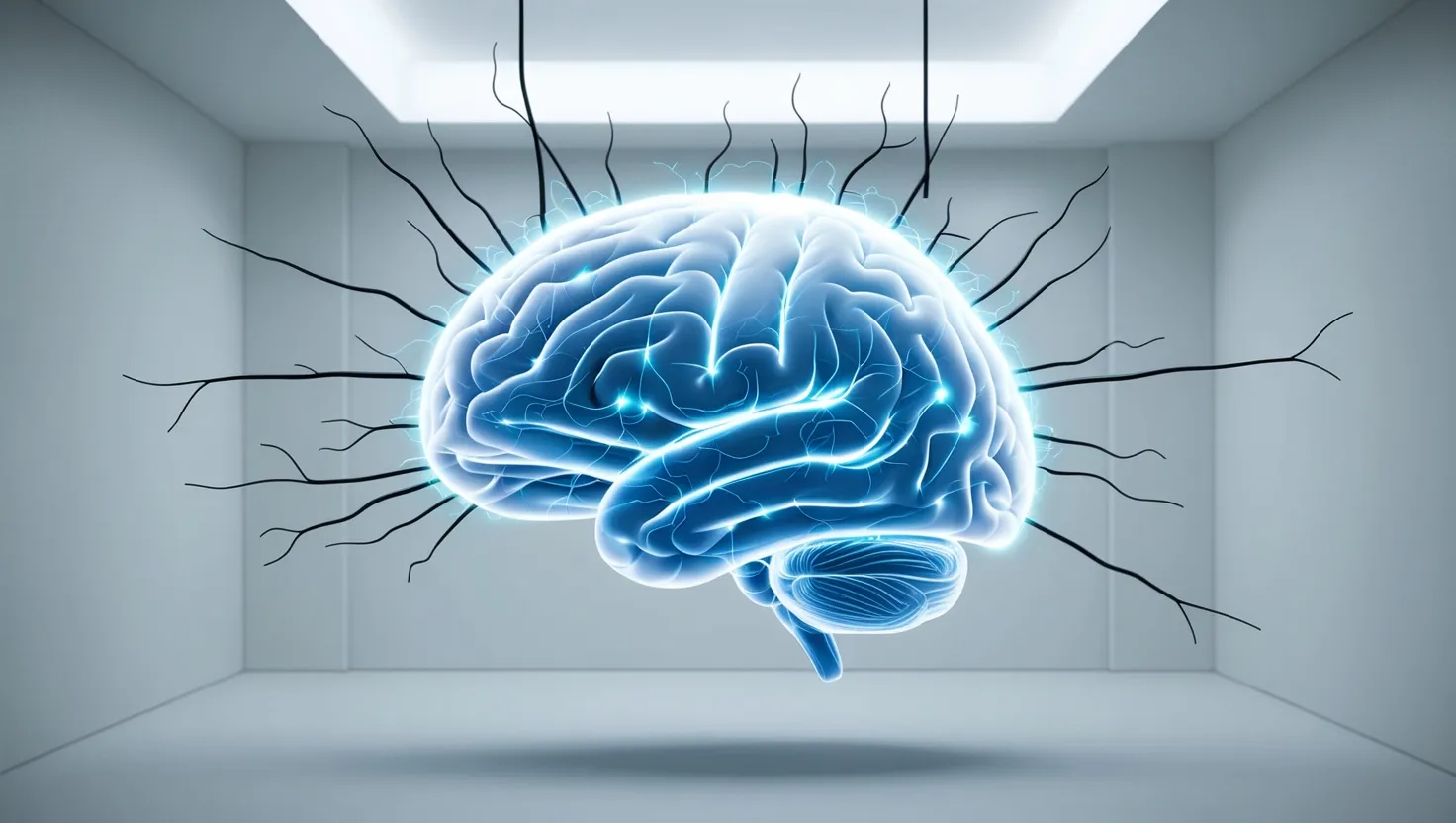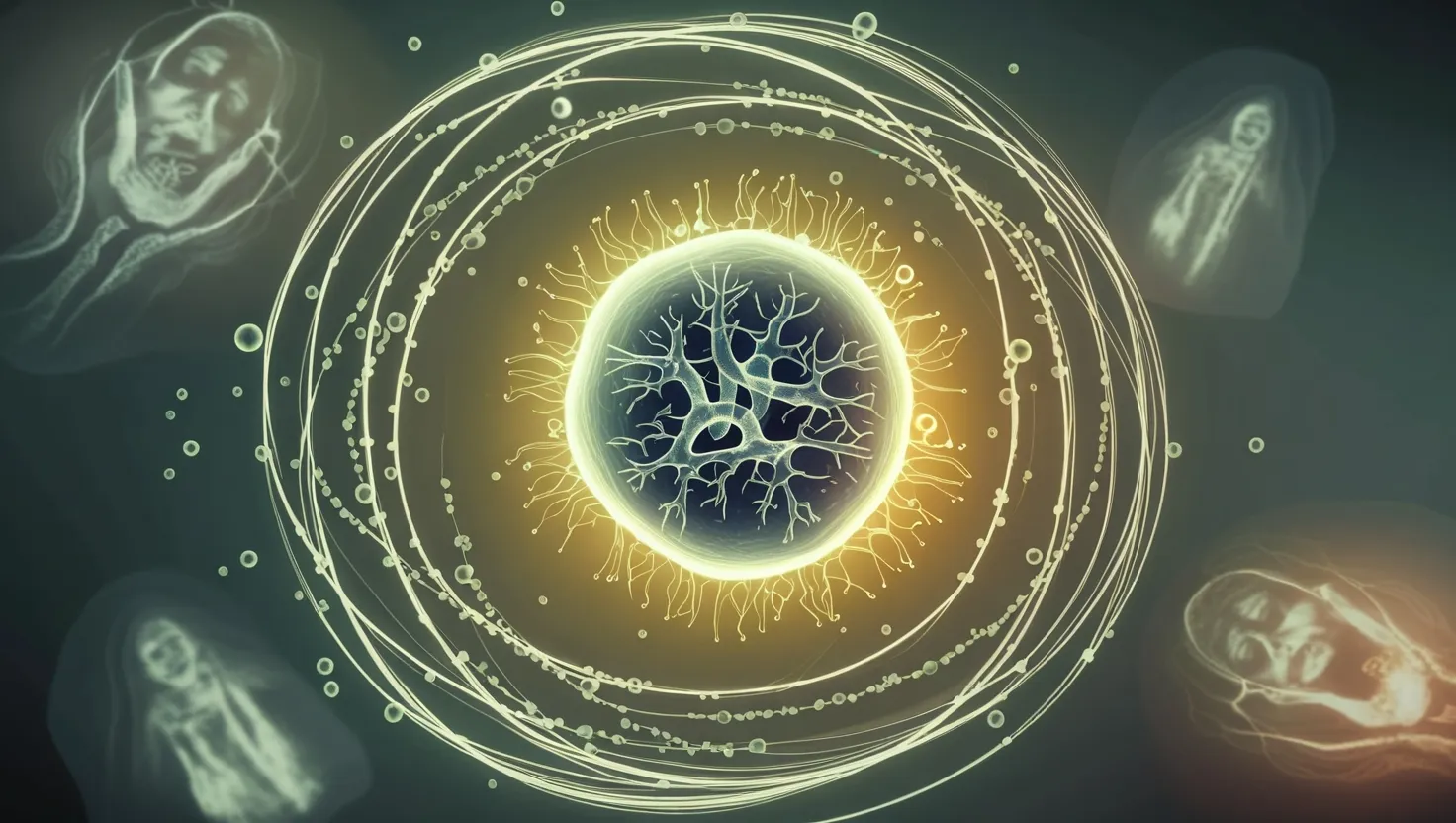The field of synthetic neurobiology has seen remarkable progress in recent years, pushing the boundaries of our understanding of the brain and opening up new possibilities for treating neurological disorders. Let’s explore six groundbreaking developments that are reshaping this exciting frontier of science.
Imagine a tiny cluster of cells, no larger than a pea, pulsing with electrical activity. This is the world of brain organoids, miniature 3D structures that mimic aspects of the human brain. Scientists have recently observed these organoids developing spontaneous neural networks, a significant leap forward in our ability to study brain development and function in vitro.
These organoids aren’t just passive blobs of tissue. They’re dynamic, self-organizing systems that can form connections and even respond to stimuli. Researchers have watched in awe as neurons in these tiny brain-like structures fire in coordinated patterns, reminiscent of the neural oscillations seen in full-sized brains. This breakthrough allows us to study complex neural processes in a controlled environment, potentially accelerating our understanding of neurodevelopmental disorders and brain injuries.
But what if we could go beyond mimicking existing brain structures? That’s where artificial synapses come into play. These synthetic connections between neurons are designed to replicate the plasticity of biological synapses, adapting and changing in response to stimuli. Recent advances have produced artificial synapses that can learn and store information, much like their biological counterparts.
These synthetic synapses are often made from novel materials that can change their electrical resistance in response to incoming signals. This mimics the way biological synapses strengthen or weaken connections between neurons based on experience. The implications are profound - we’re not just recreating brain structures, we’re building systems that can learn and adapt.
“The brain is wider than the sky,” wrote Emily Dickinson. As we delve deeper into synthetic neurobiology, are we approaching a time when artificial neural networks might rival the complexity of the human mind?
Moving from structure to function, let’s consider the realm of synthetic neurotransmitter systems. Neurotransmitters are the chemical messengers that allow neurons to communicate. Scientists have made significant strides in creating artificial systems that can release and respond to these crucial signaling molecules.
These synthetic systems offer unprecedented control over neural signaling. Imagine being able to fine-tune the release of dopamine or serotonin with pinpoint accuracy. This could revolutionize our approach to treating conditions like Parkinson’s disease or depression, where neurotransmitter imbalances play a crucial role.
But perhaps one of the most visually striking breakthroughs in synthetic neurobiology is the development of light-controlled neural circuits. This technique, known as optogenetics, allows researchers to activate or inhibit specific neurons using pulses of light.
Recent advances have refined this technology, making it possible to control complex behaviors in living organisms with the flick of a switch. Scientists have used optogenetics to implant false memories in mice, control feeding behaviors, and even alleviate symptoms of neurological disorders. The precision of this technique is astounding, offering a level of control over neural activity that was once the stuff of science fiction.
As we push the boundaries of what’s possible in synthetic neurobiology, ethical questions inevitably arise. How far should we go in manipulating neural circuits? What are the implications of being able to control behavior with light?
Memory formation is another area where synthetic neurobiology is making significant strides. Researchers have created artificial neural networks capable of forming and storing memories in a way that mimics biological systems.
These synthetic memory systems use principles inspired by the brain’s hippocampus, a region crucial for memory formation. By implementing algorithms that mimic the pattern separation and pattern completion processes observed in biological brains, scientists have created networks that can learn, store, and recall information with impressive accuracy.
The potential applications of this technology are vast. From creating more efficient computer memory systems to developing new treatments for memory disorders, synthetic memory formation could transform multiple fields of science and technology.
Lastly, let’s explore the fascinating world of bioelectronic nerve interfaces. These devices bridge the gap between biological neurons and electronic systems, creating a direct line of communication between the brain and artificial devices.
Recent breakthroughs have produced interfaces that can translate neural signals into digital information and vice versa with unprecedented accuracy. This technology holds immense promise for neuroprosthetics, potentially allowing individuals with paralysis to control robotic limbs with their thoughts or restoring sight to the blind through artificial retinas.
“The brain is the most complex thing we have yet discovered in our universe,” said James D. Watson. As we continue to unravel its mysteries through synthetic neurobiology, what new wonders might we discover?
The field of synthetic neurobiology is advancing at a breathtaking pace, blurring the lines between biology and technology. From brain organoids that develop their own neural networks to artificial synapses that can learn and adapt, we’re witnessing a revolution in our understanding of the brain.
Synthetic neurotransmitter systems and light-controlled neural circuits are giving us unprecedented control over neural function, while artificial memory formation and bioelectronic interfaces are pushing the boundaries of what’s possible in brain-computer interaction.
These breakthroughs are not just academic curiosities. They have the potential to transform our approach to treating neurological disorders, enhance our cognitive abilities, and even reshape our understanding of consciousness itself.
As we stand on the brink of these exciting possibilities, it’s crucial to consider the ethical implications of our growing ability to manipulate neural systems. How will society adapt to technologies that can directly influence our thoughts and behaviors? What safeguards should be put in place to ensure these powerful tools are used responsibly?
The field of synthetic neurobiology is still in its infancy, and the breakthroughs we’ve discussed are just the beginning. As our understanding grows and our technologies advance, we can expect even more remarkable developments in the years to come.
Imagine a future where neurodegenerative diseases can be halted or even reversed, where brain injuries can be repaired with synthetic neural tissue, or where our cognitive abilities can be enhanced through seamless integration with artificial neural networks.
These possibilities may seem like science fiction, but the foundations are being laid today in laboratories around the world. The six breakthroughs we’ve explored are stepping stones towards a future where the line between biological and synthetic neural systems becomes increasingly blurred.
As we continue to push the boundaries of what’s possible in synthetic neurobiology, we’re not just learning about the brain - we’re reimagining what it means to be human. The journey ahead is filled with both promise and peril, and it’s up to us to navigate this new frontier with wisdom and foresight.
What role will you play in shaping the future of synthetic neurobiology? How might these advancements change your life, or the lives of those you love? As we stand on the cusp of a new era in neuroscience, these are questions worth pondering.
The breakthroughs in synthetic neurobiology are more than just scientific achievements - they’re gateways to a future where the mysteries of the mind are finally within our grasp. As we continue to explore this fascinating field, we’re not just studying the brain - we’re redefining what it means to think, to feel, and to be human.






